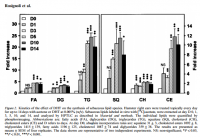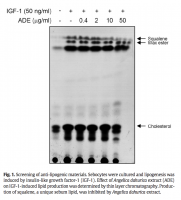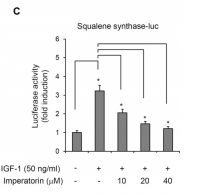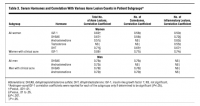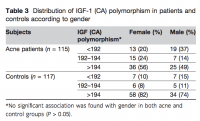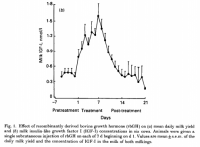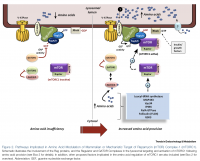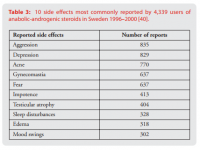I am a 23 year old male and suffer with very severe cystic acne. However, I have found over the past few years that I can make it go completely away if I eat a diet that does not include both animal protein and fructose of any kind (even the fructose from vegetables such as sweet potato, tomato, brussel sprouts, peppers, etc.) within the same diet.
In other words, I could eat a strictly vegan diet with no animal protein whatsoever and eat all the fructose I want without a sign of acne. Or, I could eat a diet that included animal protein but was completely devoid of any fructose without any acne.
Dairy in either context will break my skin out within a day, so I have eaten no dairy whatsoever for the past couple of years.
I remember researching acne on Ray Peat forums a few years ago and tried some of the suggestions to no avail. Since then I have experimented with a multitude of different diets, supplements, etc. and the only thing I have ever had success with is totally eliminating dairy and not mixing animal protein and fructose within the same diet.
I am wondering if anyone has any suggestions for me.
Also: Do you believe a diet that included liver, eggs, oysters, animal protein and starch but absolutely no fructose would be more conducive to a healthy metabolism and thyroid, or do you think that a diet that included ample fructose but no liver, eggs, oysters, and animal protein would be more health promoting? If I eliminate the liver, eggs, oysters, etc, can I make up for them with vitamin and mineral supplements?
Or, is there something else going on here other than fructose and animal protein that I am missing?
Thanks.
In other words, I could eat a strictly vegan diet with no animal protein whatsoever and eat all the fructose I want without a sign of acne. Or, I could eat a diet that included animal protein but was completely devoid of any fructose without any acne.
Dairy in either context will break my skin out within a day, so I have eaten no dairy whatsoever for the past couple of years.
I remember researching acne on Ray Peat forums a few years ago and tried some of the suggestions to no avail. Since then I have experimented with a multitude of different diets, supplements, etc. and the only thing I have ever had success with is totally eliminating dairy and not mixing animal protein and fructose within the same diet.
I am wondering if anyone has any suggestions for me.
Also: Do you believe a diet that included liver, eggs, oysters, animal protein and starch but absolutely no fructose would be more conducive to a healthy metabolism and thyroid, or do you think that a diet that included ample fructose but no liver, eggs, oysters, and animal protein would be more health promoting? If I eliminate the liver, eggs, oysters, etc, can I make up for them with vitamin and mineral supplements?
Or, is there something else going on here other than fructose and animal protein that I am missing?
Thanks.

